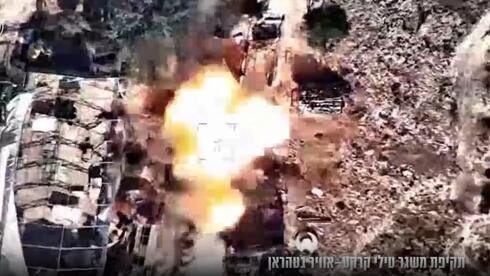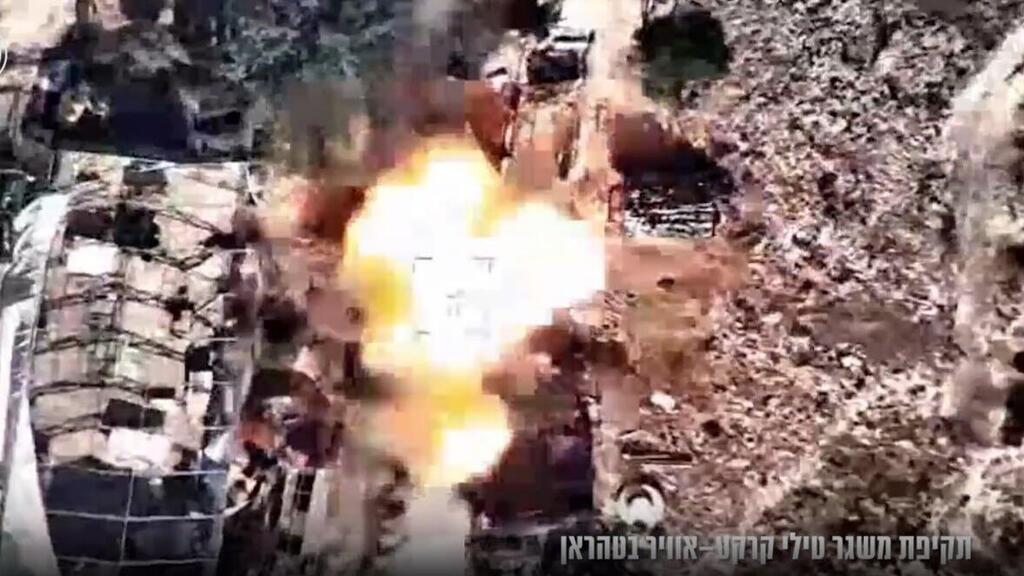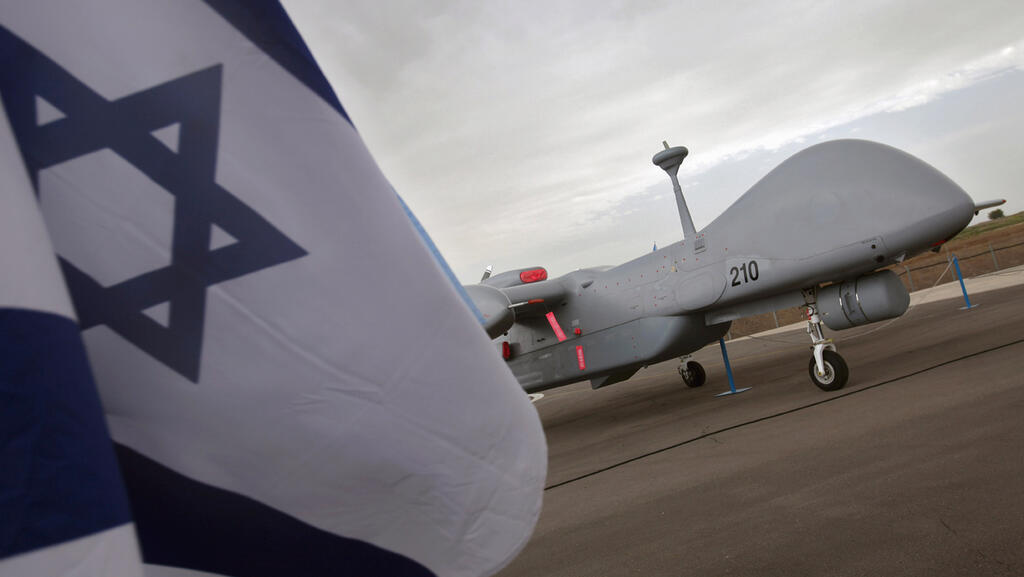Yet one week into the war, the most immediate and deadly threat to Israel isn't a nuclear one, but the barrage of long-range ballistic missiles armed with heavy warheads. These missiles, with explosive payloads ranging from 450 kg to nearly 1,000 kg (990 to 2,200 lb), wreak devastation through shockwaves and overpressure blasts within a radius of up to half a kilometer (0.3 miles). The destruction is not theoretical—millions of Israelis are experiencing it in real time, day and night.
Iranian missile hits Soroka Medical Center
This has produced a troubling paradox: while Israel appears to be scoring major tactical and operational victories deep in Iranian territory with precision airstrikes, its civilian population faces near-daily bombardments.
This is not a new dilemma for Israel, which has long shown resilience on the home front. But despite its technological and intelligence edge, Israel’s defense establishment—IDF, the intelligence community and its defense industries—has yet to offer a reliable solution to Iran’s ballistic missile campaign, which Tehran could scale into a strategic-level threat simply by launching in greater volume than interception systems can handle.
Even now, interception “leakage” is evident: every missile barrage sees a few get through Israel’s multi-layered air defenses, which typically intercept around 90%. A single missile from a ten-missile salvo can do the damage of a one-ton aerial bomb.
The underlying military truth remains: the best defense against missiles is offense—specifically, destroying the storage and launch infrastructure before firing. Iran’s launchers are mostly underground, embedded into hillsides or mountains, making them difficult to detect and neutralize. But some are mobile and Israeli jets and drones have been hunting them relentlessly.
Since the start of the campaign, the Israeli Air Force has carried out hundreds of sorties targeting these launchers in an effort known as “launcher hunting.” Achieving air superiority over Iran—a prerequisite for deep operations—was a major objective.
While fighter jets carry out the strikes, long- and mid-range drones like the IAI Eitan and Hermes 950 perform much of the detection and targeting. These UAVs carry surveillance gear and small missiles capable of disabling mobile launchers or even the missiles mounted on them.
The strategic bottleneck for Iran’s missile force is the number of operational launchers. The Air Force has focused efforts on locating and destroying them. The challenge lies in catching mobile launchers during the brief window when they are outside of their underground shelters, elevated into launch position.
This problem is not new: in the 1991 Gulf War, the U.S. and British militaries failed repeatedly to locate and destroy Iraqi Scud launchers, even with elite special forces on the ground. Iraqi forces hid launchers under bridges by day and launched them at night.
IDF striking Iranian missile launchers readying to fire
(Video: IDF Spokesperson's Unit)
Today, technology offers more tools—satellite imagery, signal intelligence, real-time drone surveillance—but catching a launcher in the open still requires being in the right place at the right time.
Solid-fuel missiles compound the problem: they can be launched quickly with minimal prep. In contrast, liquid-fueled missiles must be vertically fueled for up to 40 minutes, often exposing them during the process. That time gap leaves an intelligence and visual “signature” that can sometimes be exploited for interception or preemptive strikes.
Iran’s Revolutionary Guard Corps has historically concentrated its solid-fuel ballistic missiles in western Iran, near Tabriz, Kermanshah and Ahvaz—locations 1,300–1,500 kilometers (810–930 miles) from Israel.
In the war’s early days, the Air Force, along with the IDF’s Military Intelligence and Mossad operatives, successfully neutralized a large number of missiles and launchers in these regions. However, Iran entered the conflict with an estimated 2,500 ballistic missiles stockpile and nearly 400 launchers. Even with half the launchers destroyed, central and eastern Iran still hold substantial firing capacity.
Air superiority over those areas is limited. Israeli jets face long distances requiring aerial refueling and flying over central or eastern Iran poses heightened risks. This makes launcher hunting far less effective in those zones. Moreover, signs indicate Iran is beginning to recover from the initial wave of attacks.
The strategic takeaway is this: while Israel is dealing heavy blows to Iran’s infrastructure and war machine, the threat to its home front from ballistic missiles remains dangerously unresolved. Only a combination of sustained offensive pressure and broader international military support can reduce the threat to a manageable level.





